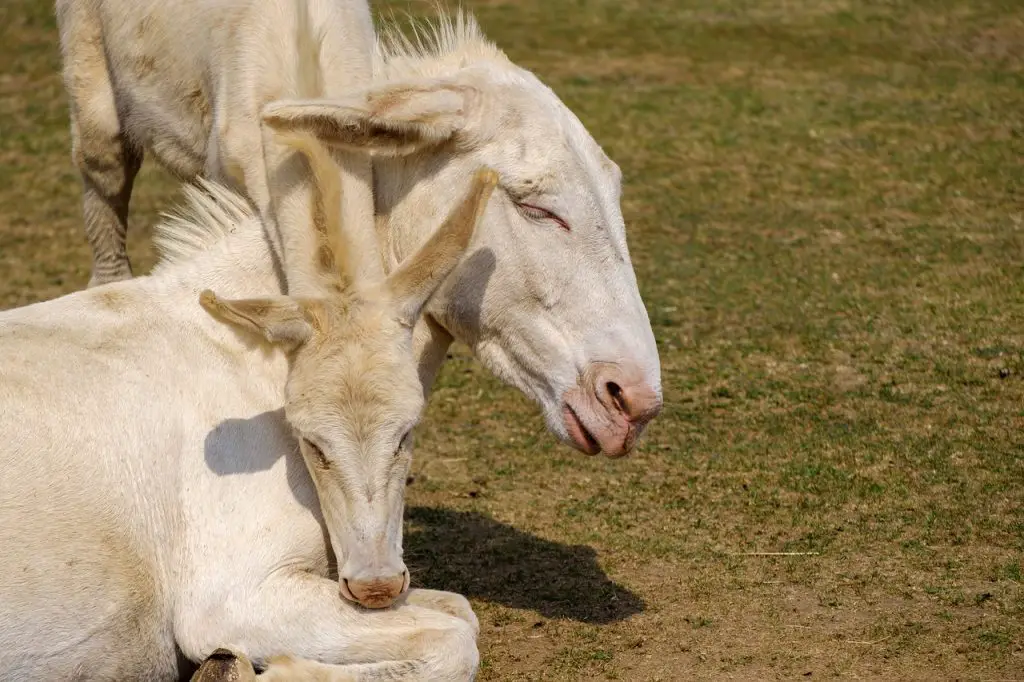Last Updated on March 29, 2022 by Allison Price
Alopecia refers to the loss of hairs or partial absence in areas that are usually covered. Alopecia is not a condition, but a sign. To treat the condition, it must first be identified what is causing it. The itching problem is what should be first investigated if an animal experiences hair loss or excessive scratching.
Hair loss can occur for many reasons. Hair loss can be caused by any disease that affects hair follicles. Some diseases can cause hair loss by affecting the hair shaft and hair follicles. Certain diseases can lead to discomfort in the animal, which may cause self-trauma or hair loss. Hair loss acquired from an illness can be either inflammatory or not.
The following diseases can cause damage or destruction to the hair shaft and follicle: fungal, bacterial, or parasitic infections, skin trauma like burns, and (rarely) poisonings. Nutritional deficiencies, particularly protein deficiencies, and hormonal imbalances like low thyroid hormone levels or high estrogen production can all directly slow or inhibit hair follicle development. Temporary hair loss may occur during pregnancy, lactation or after severe illness. Bald patches may occur during normal shedding. These types of hair fall are usually not associated with an infection, unless secondary infections occur.
Acquired inflammatory hair loss can be caused by itching and/or pain. Itching and pain are common symptoms of parasite infestations, skin cancer, and allergies. Poorly fitted saddles and halters can cause hair loss.

A detailed history and physical exam are necessary to determine the exact cause of hair loss. Your veterinarian will examine your hair to determine the cause of the loss. Your veterinarian will inspect the hairs for signs of secondary infections or parasites. This involves taking skin samples and combing the hair to collect microscopic specimens. Horses suffering from hair loss are often subject to fungal cultures. Ringworm, which is caused by a fungus, is the most common cause.
Diagnostic laboratory tests may be ordered by your veterinarian. These tests usually include skin smears and culture to determine if there are any yeast, fungal or bacterial infections. A skin biopsy may be required if these tests fail to identify or suggest an underlying cause. A skin biopsy is often necessary to confirm the presence of parasitic and bacterial causes of hair fall or to determine if there are any cancerous causes. If your veterinarian suspects that you have an endocrine disorder, they may request blood or urine samples.
The specific diagnosis and the root cause of the problem are key to successful treatment. It can take time to identify the cause of skin conditions. Many veterinarians will prescribe medication or provide treatment for any discomfort your horse might be feeling in relation to hair loss.


